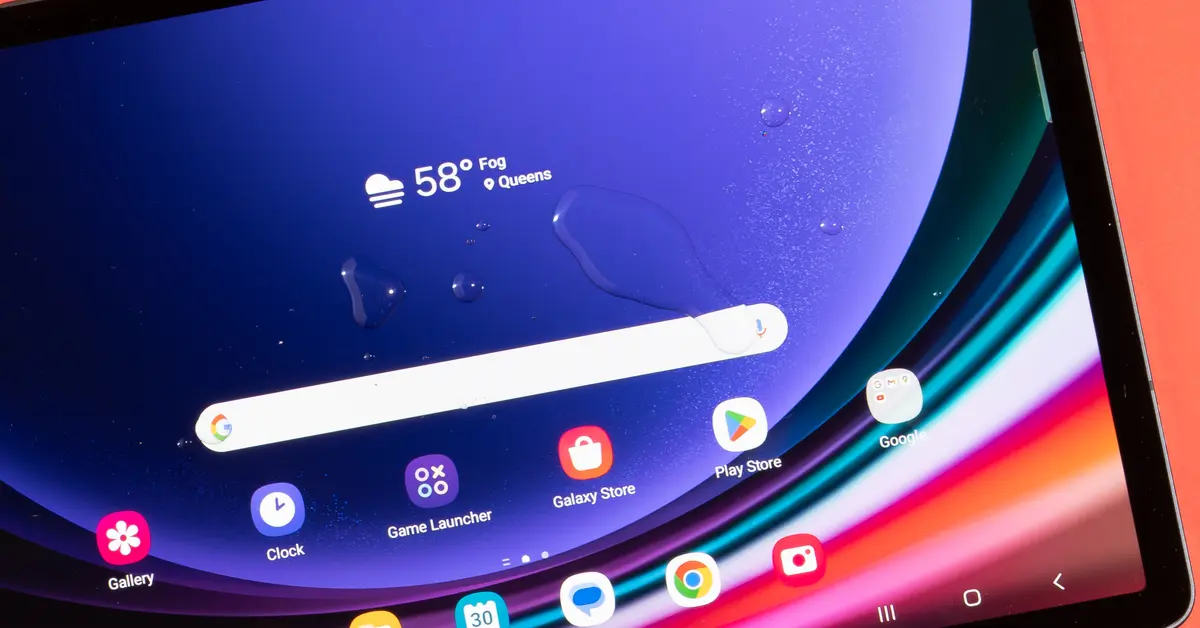
Diagnose the Issue
Repairing an Android tablet screen starts with diagnosing the problem. Here are some common issues you might encounter:
- Cracked Screen: May still function but could have dead spots or be overly sensitive to touch.
- Non-Responsive Screen: Could be due to a faulty digitizer or hardware issue.
- Flickering Screen: Indicates a problem with the display panel or backlight.
- Black Screen: Could be due to hardware failure or software issue.
Steps to Diagnose
- Check for Physical Damage: Inspect for cracks or scratches. If found, replacement is likely needed.
- Restart Your Tablet: Hold the power button until the device shuts down, then turn it back on.
- Check for Software Issues: Ensure the software is up-to-date to rule out glitches.
- Use Diagnostic Tools: Tools like ADB (Android Debug Bridge) can help check for hardware issues.
Prepare Your Tools and Materials
Once the issue is diagnosed and screen replacement is necessary, gather the following tools and materials:
- New Screen: Ensure it matches your tablet's model.
- Suction Cup: Used to remove the old screen from the frame.
- Prying Tools: Plastic or metal spudgers to gently pry open the frame.
- Adhesive Remover: Needed if the old screen has adhesive.
- Cleaning Solution: For cleaning the frame and new screen.
- Protective Gear: Gloves and safety glasses to avoid injury.
Remove the Old Screen
Removing the old screen is critical. Follow these steps:
- Turn Off Your Tablet: Ensure the device is off before starting.
- Remove SIM Card and SD Card: Prevent accidental damage by removing these cards.
- Locate the Screen: Identify where the screen attaches to the frame, often involving screws or clips.
- Apply Suction Cup: Place on one edge of the screen and gently pull away from the frame.
- Pry Open Frame: Use prying tools to carefully open the frame around the screen without damaging internal components.
- Disconnect Connectors: Access the back of the screen and disconnect any connectors holding it in place.
Clean the Frame
After removing the old screen, clean the frame thoroughly using adhesive remover and a soft cloth. This ensures no remnants of old adhesive interfere with the new screen.
Apply New Screen
Applying a new screen involves several steps:
- Inspect New Screen: Check for any defects or damage.
- Apply Adhesive (if necessary): Ensure proper alignment with the frame if adhesive is pre-applied.
- Align New Screen: Place over the frame, ensuring proper alignment with connectors or notches.
- Secure Connectors: Reconnect any connectors disconnected during the removal of the old screen.
- Press Down Gently: Use fingers or a credit card to press down gently, ensuring secure attachment to the frame.
Test Your Tablet
After applying the new screen, turn on the tablet and test it thoroughly:
- Check for Cracks: Inspect for any cracks or damage.
- Test Touch Response: Ensure touch response works correctly by tapping on different parts of the screen.
- Check Display Quality: Verify display quality and ensure no dead spots.
Additional Tips
Here are some additional tips to help during the repair process:
- Use High-Quality Tools: High-quality tools can make a big difference in repair success.
- Follow Manufacturer Instructions: If using a replacement screen from the manufacturer, follow their installation instructions.
- Be Patient: Repairing an Android tablet screen can be time-consuming and requires patience.
By following these steps carefully and using the right tools and materials, you can successfully repair your tablet's screen yourself. If uncomfortable with DIY repairs or if the issue is complex, seeking professional help from a repair service is always an option.
